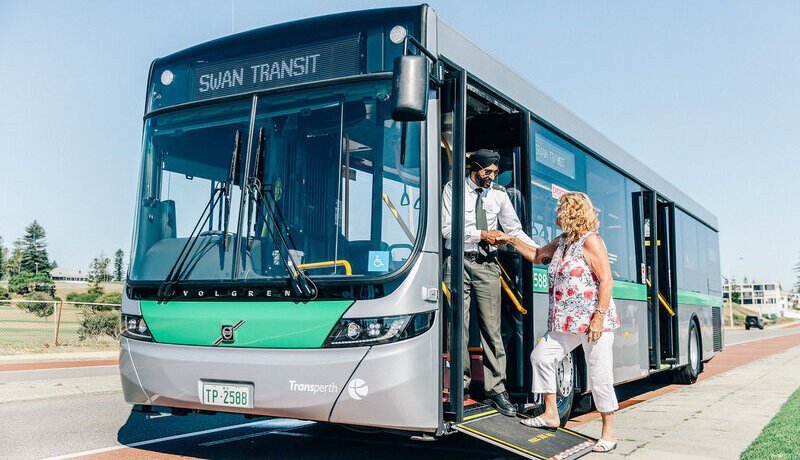Can Driver Privacy and Fleet Telematics Coexist?

All telematics fleet management systems, including GreenRoad, collect volumes of data to add insight into their safety, sustainability, and monitoring capabilities. While these are clearly worthy benefits, such data collection also creates privacy challenges that companies must address responsibly and sensitively.
The challenge is, therefore, balancing two legitimate but opposing company needs: their responsibility to secure the privacy of their drivers and their commitment to employee Duty of Care and operational excellence.
Need 1: Securing Employee Privacy
On the one hand, employees have an absolute right to total privacy when they are not on “company time.” Companies should have no interest in knowing where and how their employees spend their time outside of working hours and, therefore, should ensure that their fleet telematics tools adhere to their standards and policies.
Need 2: Duty of Care & Commitment to Operational Excellence
Employers do, however, have undeniable responsibilities that dictate the use of tracking and safety telematics tools during work hours. Employers are responsible for providing a safe working environment for their drivers, minimizing the risk of their road operations, and serving their customers effectively. This justifies the use of GPS fleet tracking and telematics fleet management tools that help reduce accidents, minimize fuel consumption, keep customers informed, and improve their ability to support employees during emergencies. The use of objective data also helps management protect the company against false claims and improve ongoing operations.
Creating the Right Balance: A Flexible Privacy Framework
Every fleet is different and must find a way to balance these needs. As such, telematics tools with a “one-size-fits all” approach will likely need significant customization before they can meet a company’s requirements.
That is why we encourage fleets to insist on telematics with a flexible privacy platform. Such solutions allow fleets to define the data that their systems are allowed to collect easily, along with the type of monitoring and services that are allowed outside of working hours. These capabilities allow companies maximum flexibility in setting up their system initially and enable additional modifications over time as needed.
Following are examples of the privacy features that can be included in such systems:
- Duty Status: Certain solutions provide drivers with a “switch” for setting their status as “personal” or “on duty.” During personal time, tracking and behavior monitoring are limited or eliminated altogether, in line with GDPR, Union, and other requirements.
- Tracking Limitations: The type of driving data that can be legally collected varies from region to region, and the definitions evolve over time. To make it easy for fleets to stay compliant with changing rules, advanced telematics systems provide an easy mechanism for defining the types of data to be collected, along with a hierarchy of permissions that limit who can view or use the data collected.
- Anonymity options: In regions where sensitivity to driver privacy is exceptionally high, operators are at times prevented from collecting information about individual drivers but allowed to monitor general trends. In support of such efforts, advanced telematics systems offer the ability to anonymize or generalize the data collected, with an ability to “zoom into” specific underlying data when risky trends are identified.
Frameworks such as these help fleets secure the safety and operational benefits available using their telematics systems without compromising the legitimate privacy concerns of their employees and unions.
Road Safety and Privacy Can Coexist
In short, road safety and privacy do not need to be adversaries; they can coexist through technological innovation and determination. We at GreenRoad, with two decades of experience dealing with privacy issues and fleet safety needs, have built a system that enabled the capabilities described above – and more – to help fleets find the optimal balance for their telematics systems.
Here’s to safety – and privacy – on the road!





